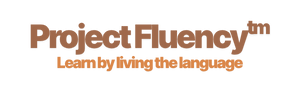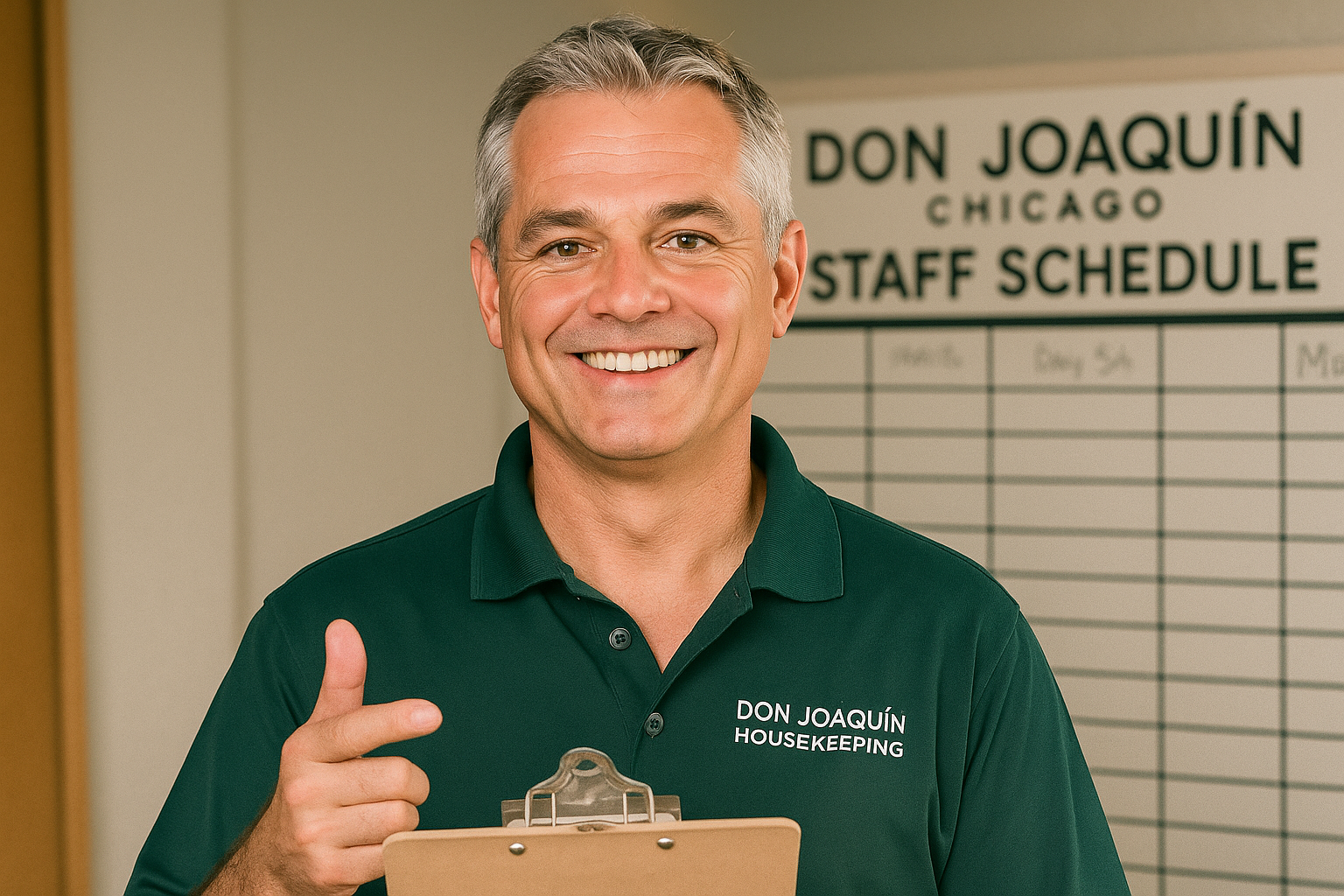Basic Commands - The Imperative
The simplest English structure: just the verb!
Commands are how we learn English naturally. No "I" or "you" needed—just the action word. "Open." "Close." "Check." "Take." These are the building blocks. When you understand commands, you understand the core of English. Let's start with the most common action verbs you'll hear every day.
Essential Command Verbs (20 cards)
Open
Make something not closed
OH-pen
↻
"Open the door."
"Open this box."
Simple present: opens
Past: opened
Close
Make something not open
KLOHZ
↻
"Close the window."
"Close that door."
Opposite of "open"
Check
Look at something carefully
CHEK
↻
"Check the list."
"Check this please."
Very common in work
Take
Get and hold something
TAYK
↻
"Take this."
"Take your time."
Past: took
(irregular!)
Bring
Carry something here
BRING
↻
"Bring that here."
"Bring me the keys."
Movement toward speaker
Put
Place something somewhere
PUT
↻
"Put it on the table."
"Put that down."
Always needs "where"
Get
Go and bring back
GET
↻
"Get the cart."
"Get that for me."
Very versatile verb
Look
Use your eyes on something
LUK
↻
"Look at this."
"Look here."
Usually needs "at" or direction
Watch
Look at for a longer time
WOTCH
↻
"Watch me first."
"Watch this carefully."
Longer attention than "look"
Wait
Stop and stay for a time
WAYT
↻
"Wait here."
"Wait a minute."
Patience needed
Start
Begin doing something
START
↻
"Start here."
"Start working."
Opposite of "stop" or "finish"
Stop
End doing something
STOP
↻
"Stop right there."
"Stop doing that."
Immediate action
Come
Move toward the speaker
KUM
↻
"Come here."
"Come with me."
Movement toward
Go
Move away from here
GOH
↻
"Go there."
"Go get it."
Movement away
Turn
Change direction
TURN
↻
"Turn right here."
"Turn around."
Also for switches: "Turn on/off"
Push
Press with force away from you
PUSH
↻
"Push the cart."
"Push this button."
Force away from body
Pull
Draw with force toward you
PUL
↻
"Pull the door."
"Pull this handle."
Force toward body
Hold
Keep something in your hands
HOHLD
↻
"Hold this please."
"Hold on tight."
Keep in hands or position
Keep
Continue to have or do
KEEP
↻
"Keep going."
"Keep this safe."
Maintain a state
Try
Attempt to do something
TRAHY
↻
"Try this."
"Try again."
No pressure, just attempt
Negative Commands
Don't + verb
Tell someone NOT to do it
DONT
↻
"Don't touch."
"Don't run."
Emergency / safety / compliance
Please don't + verb
Softer negative
PLEEZ DONT
↻
"Please don't smoke here."
Polite stop
Safety Commands
Watch out!
Danger—move/act now
WOTCH out
↻
"Watch out! Wet floor."
Urgent warning
Be careful
Use caution
bee KARE-ful
↻
"Be careful with the glass."
Gentle safety command
Phrasal Commands + Pronouns
| Verb + pronoun + particle | Pick it up. / Put it down. / Turn it off. |
| Verb + particle + (noun) | Pick up the box. / Turn off the lights. |
Pronouns (it, them) go in the middle. Nouns can go after the particle or in the middle (more common after).
Bring vs. Take
| Bring | Move to here / toward the speaker: "Bring that here." |
| Take | Move to there / away from the speaker: "Take this to the office." |
James's Teaching Method:
Commands are the easiest way to start speaking English. You don't need "I" or "you"—just say the action. "Open!" "Close!" "Look!" This is how children learn language naturally. Start with these 20 verbs, and you can already understand and give basic instructions in English. In customer-facing or formal settings, a direct command can feel too strong—prefer "please" or question forms.
Daily Routine Vocabulary
Actions you do every day
The best way to practice English is to describe your daily routine. "I wake up. I get dressed. I go to work." When you can talk about your day in English, you're building real language skills. These are the action verbs everyone uses every single day.
Morning to Night (10 cards)
Wake up
Stop sleeping
WAYK up
↻
"I wake up at 6 AM."
"Wake up! It's time."
Start of day
Get up
Rise from bed
GET up
↻
"I get up at 6:30."
"Get up slowly."
After waking
Get dressed
Put on clothes
GET DREST
↻
"I get dressed quickly."
"Get dressed for work."
Morning routine
Eat breakfast
Have morning food
EET BREK-fust
↻
"I eat breakfast at 7."
"Did you eat breakfast?"
First meal
Go to work
Travel to your job
GOH too WURK
↻
"I go to work at 8."
"Time to go to work."
Daily commute
Take a break
Stop working temporarily
TAYK uh BRAYK
↻
"Take a break now."
"I take a break at 10."
Rest during work
Eat lunch
Have midday food
EET LUNCH
↻
"I eat lunch at noon."
"Let's eat lunch together."
Middle of day
Finish work
Complete your job for today
FIN-ish WURK
↻
"I finish work at 5 PM."
"When do you finish work?"
End of workday
Go home
Return to where you live
GOH HOHM
↻
"I go home at 5:30."
"Time to go home."
After work
Go to bed
Get ready for sleep
GOH too BED
↻
"I go to bed at 10 PM."
"Go to bed early tonight."
End of day
Habit vs. Now
| Simple Present (habit) | I eat lunch at 12. / She works here. |
| Present Progressive (now) | I am eating lunch now. / She is working now. |
Practice Your Day:
Every day, describe your routine in English. "I wake up at 6. I get dressed. I eat breakfast. I go to work." Even if you're alone, say it out loud. This is how you make English automatic—by using it for your real life every single day.
Present Progressive - Right Now
What's happening at this moment
When you want to say what's happening RIGHT NOW, use "am/is/are + verb-ing." This is called the present progressive. "I am working." "You are checking." "He is cleaning." It's one of the most useful structures in English because it describes action in the moment.
Actions Happening Now (8 cards)
I am working
Action happening now
ahy am WUR-king
↻
"I am working right now."
Short: "I'm working."
Present action - I
You are checking
Action happening now
yoo ar CHEK-ing
↻
"You are checking the list."
Short: "You're checking."
Present action - You
He is cleaning
Action happening now
hee iz KLEE-ning
↻
"He is cleaning the room."
Short: "He's cleaning."
Present action - He
She is taking
Action happening now
shee iz TAY-king
↻
"She is taking a break."
Short: "She's taking."
Present action - She
We are starting
Action happening now
wee ar START-ing
↻
"We are starting now."
Short: "We're starting."
Present action - We
They are doing
Action happening now
thay ar DOO-ing
↻
"They are doing it right."
Short: "They're doing."
Present action - They
What are you doing?
Question about now
wut ar yoo DOO-ing
↻
"What are you doing?"
Answer: "I'm working."
Most common question
Where are you going?
Question about direction
wair ar yoo GOH-ing
↻
"Where are you going?"
Answer: "I'm going home."
Direction question
Present Progressive Pattern
| Statement | I am working. / You are checking. / He is cleaning. |
| Question | Am I working? / Are you checking? / Is he cleaning? |
| Negative | I am not working. / You are not checking. / He is not cleaning. |
| Formula | Subject + am/is/are + verb-ing |
Spelling Tips for -ing
run → running (double N); sit → sitting (double T); stop → stopping (double P); make → making (drop silent E).
Time & Sequence Words
When things happen
To describe your routine, you need time words. "First, I wake up. Then, I get dressed. After that, I eat breakfast. Finally, I go to work." These connecting words help you tell a story in English. They show the order of events in your day.
Time & Order Words (8 cards)
First
Before everything else
FURST
↻
"First, check the schedule."
"Do this first."
Step 1
Then / Next
After that
THEN / NEKST
↻
"Then, get the cart."
"Next, we start."
Step 2, 3, 4...
After that
Following the previous thing
AF-ter THAT
↻
"After that, take a break."
Continuing sequence
Finally / Last
At the end
FY-nuh-lee / LAST
↻
"Finally, go home."
"Last, check everything."
Final step
Before
Earlier than something
bih-FOR
↻
"Before lunch, finish this."
"Do it before 3 PM."
Something comes earlier
After
Later than something
AF-ter
↻
"After lunch, we start again."
"Call me after 5."
Something comes later
During
While something happens
DUR-ing
↻
"During the break, rest."
"I work during the day."
At the same time
While
At the same time as
WYLE
↻
"While you work, I'll check."
"Talk while you walk."
Two things together
Time Prepositions
at 6:30 / at noon / at night • in the morning / in July / in 2025 • on Monday / on the weekend (US).
Polite Commands & Requests
Making commands softer and more respectful
Sometimes a direct command sounds too strong. "Open the door!" can sound rude. But if you add "please" or change to a question, it becomes polite. "Can you open the door, please?" or "Please open the door." These are the polite forms you'll use with coworkers, customers, and in professional situations.
Polite Request Patterns (8 cards)
Please + verb
Polite command
PLEEZ + verb
↻
"Please check this."
"Please wait here."
Simplest polite form
Can you...?
Polite request
KAN yoo
↻
"Can you help me?"
"Can you open this?"
Asking ability/willingness
Could you...?
More polite request
KUD yoo
↻
"Could you check this?"
"Could you help me?"
More formal than "can"
Would you...?
Polite request
WUD yoo
↻
"Would you wait here?"
"Would you mind helping?"
Very polite
Can you please...?
Polite + please
KAN yoo PLEEZ
↻
"Can you please check?"
"Can you please help?"
Extra polite combination
Would you mind...?
Very polite request
WUD yoo MYND
↻
"Would you mind waiting?"
Reply: "Not at all" = Yes
Most formal request
Let's + verb
Suggestion to do together
LETS + verb
↻
"Let's start now."
"Let's take a break."
Including yourself
Make sure + verb
Don't forget to do this
MAYK SHUR
↻
"Make sure you check."
"Make sure it's clean."
Polite reminder
Politeness Levels
| Direct Command | "Open the door." |
| + Please | "Please open the door." OR "Open the door, please." |
| Question Form | "Can you open the door?" |
| More Polite | "Could you open the door, please?" |
| Most Polite | "Would you mind opening the door?" |
Daily English Practice (5 Minutes)
① Say 10 commands out loud: Open, close, check, take, bring, put, get, look, wait, start
② Describe your morning: "I wake up. I get up. I get dressed. I eat breakfast. I go to work."
③ Practice present progressive: Look around and say what you're doing: "I am sitting. I am reading. I am learning."
④ Use time words: "First, I... Then, I... After that, I... Finally, I..."
⑤ Make commands polite: Change "Close the door" to "Can you close the door, please?"
Remember: Commands are not rude—they're the simplest way to communicate. But when you add "please" or use "Can you...?", you sound professional and friendly. Practice every day, even when you're alone!

